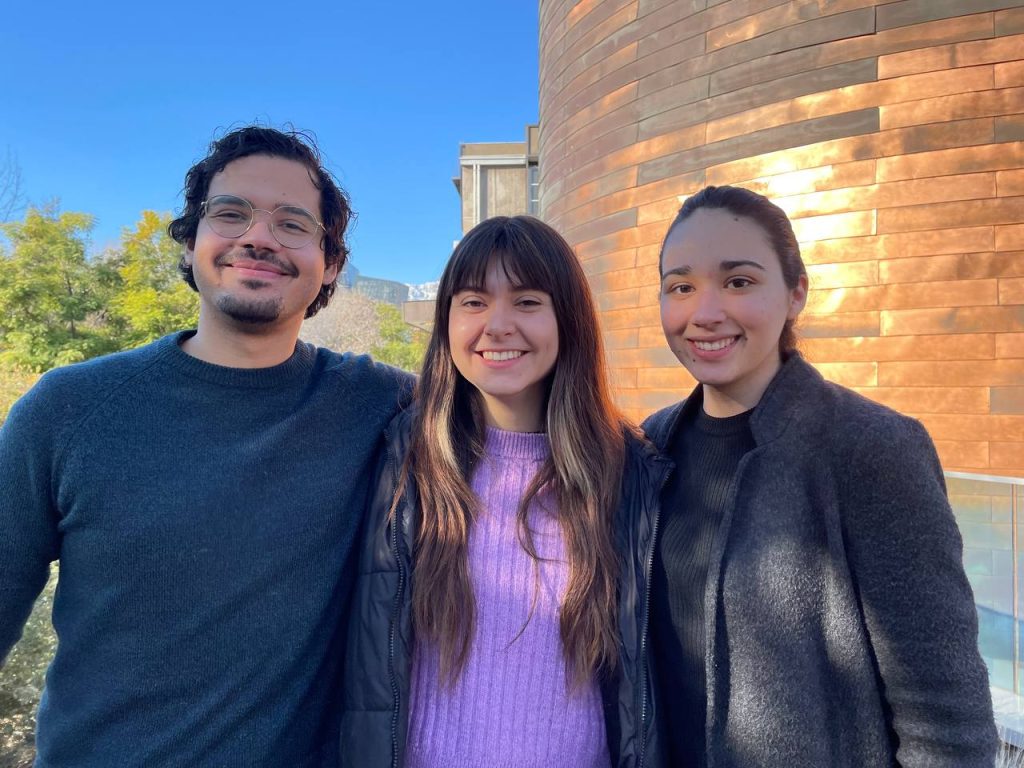Rocío Ladrón de Guevara
Valentina Campaña
Caua Santiago-Paz
Jocelyn Dunstan
Department of Computer Science
Daniela Moyano
UC School of Design
Portada » Extracting workplace accident data with AI and gender perspective

Engineering Student

Engineering Student

Engineering Student
One significant factor behind these figures is the gender of affected workers, which warrants careful analysis of the different exposure of male and female workers to workplace hazards. Studies conducted in North America show that differences in gender (understood as a cultural construct) and sex (biological factors) can influence the occupational health and safety of men and women in disparate ways. This is attributed to biological and physical features, gender roles, and task distribution within the same occupations, among other reasons.
Unfortunately, in Chile we lack sufficient data to study and visualize these differences. Information related to the specific circumstances of the accident as well as the gender and occupation of affected workers is crucial for implementing measures and regulations that adequately consider gender differences.
To tackle this issue, engineering students Rocío Ladrón de Guevara, Valentina Campaña, and Caua Santiago-Paz, under the guidance of professors Jocelyn Dunstan and Daniela Moyano, used Artificial Intelligence (AI) methods to analyze the Chilean Safety Association (ACHS) workplace accident database aiming to obtain gender-disaggregated information. Their goal was to better understand workplace and commuting accidents in our country and how these life altering incidents may differentially affect men and women.
AI has an enormous potential for data analysis due to its capacity to process and learn from vast volumes of information that can be used to make predictions or decisions with considerable speed and accuracy. This is especially useful when dealing with institutions that handle large amounts of uncategorized data.
To determine whether gender differences existed in workplace accidents in Chile, the research team had to process information predominantly available as free-text data to enable proper display and visualization.
Initially, to make sure that the same job was not listed under multiple names (e.g., ‘educator,’ ‘professor,’ and ‘teacher’), they grouped them according to the Chilean Uniform Occupation Classifier, developed by the National Statistics Institute (INE). Then, they used deep learning techniques to create a concise classification of these semantically equivalent occupations, combining natural language processing methods, such as ‘word embedding’, and a Large Language Model (LLM). Eventually, they used a similarity algorithm to group each job within its closest category and leveraged the ChatGPT API to identify the type of accident in over 300,000 reports. The results showed that 57.3% of affected workers are male and 42.7% are female.
Rocío Ladrón de Guevara
Valentina Campaña
Caua Santiago-Paz
Jocelyn Dunstan
Department of Computer Science
Daniela Moyano
School of Design UC

Caua Santiago-Paz, Valentina Campaña and Rocío Ladrón de Guevara

Student